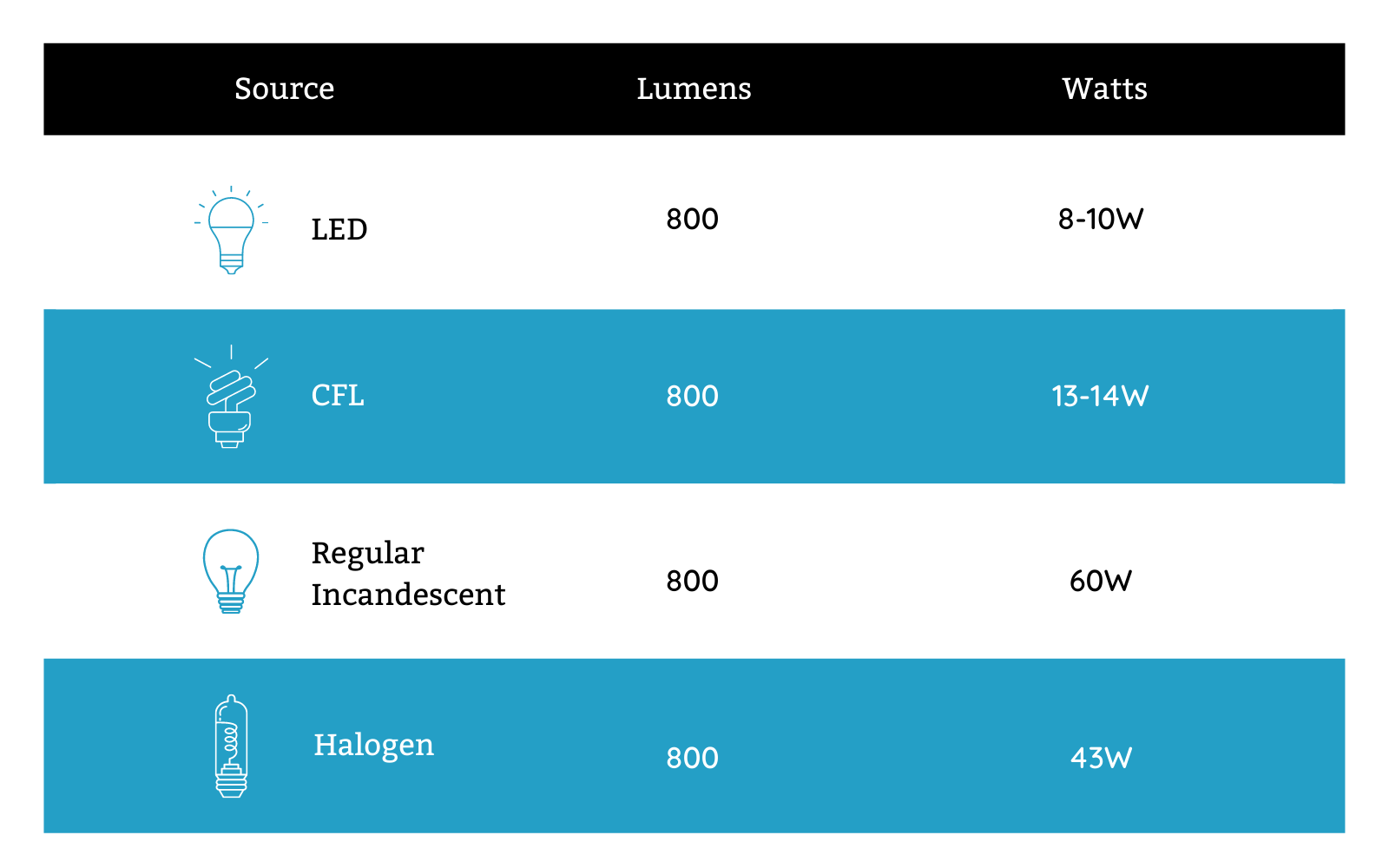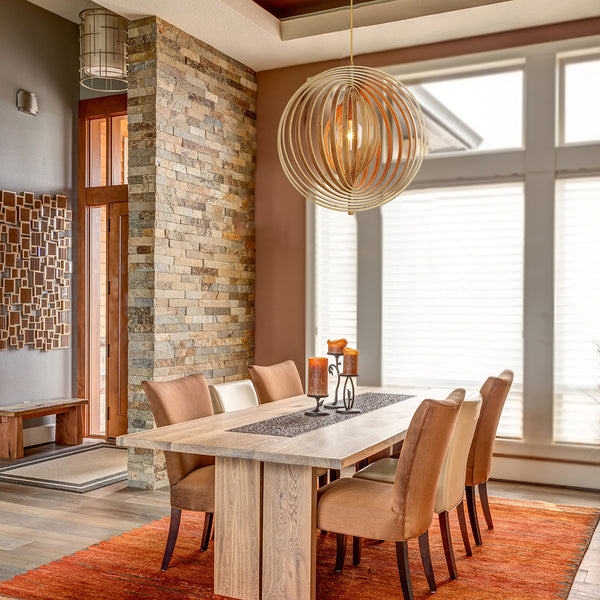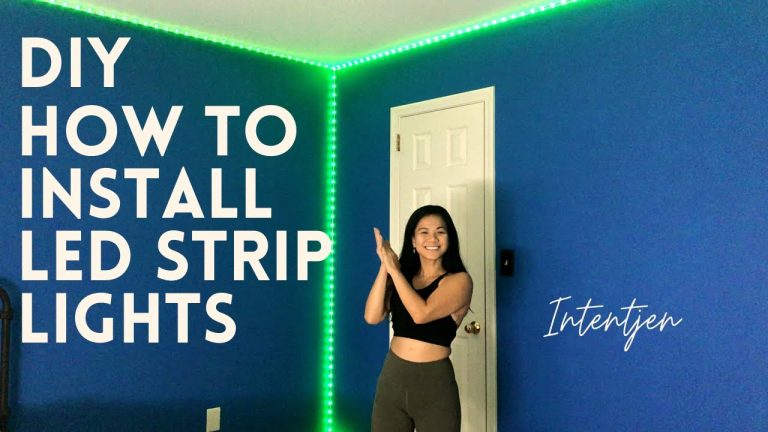How Many Lumens to Light a Room? Ultimate Guide
How many lumens to light a room? A room typically needs 20 lumens per square foot for general lighting. For example, a 200-square-foot living room would require about 4,000 lumens. Task areas like kitchens or offices may need 50–100 lumens per square foot for adequate brightness. Adjust based on room color and ceiling height.
The answer lies in understanding the magic of lumens. As you strive to create the perfect ambiance in your home or office, knowing how many lumens you need to light a room can transform your space from ordinary to extraordinary.
You’ll discover the secrets to choosing the right brightness for any room. Get ready to illuminate your world in a way that enhances every moment. Keep reading, and you’ll learn how to make your spaces shine just the way you want them to.

Credit: robertselectric.com
How Many Lumens to Light a Room?
What Are Lumens?
Understanding how to light a room begins with knowing about lumens. Lumens measure brightness. They tell you how much light a bulb emits. Many people confuse lumens with watts. Watts measure energy use, not brightness. Choosing the right lumens ensures a room is well-lit. It prevents strain on your eyes. It also enhances the room’s ambiance.
Lumens are the key to understanding light output. They show how much light a bulb produces. More lumens mean more brightness. A standard 60-watt bulb gives about 800 lumens. Brightness can vary with different bulb types. LED bulbs often provide more lumens for less energy.
Lumens help you decide the right bulb for your space. Knowing lumens aids in creating the perfect lighting setup. It balances brightness with energy efficiency. This ensures a comfortable and pleasing environment.
Read More: How Many Canned Lights in a Room? Expert Lighting Guide
Factors Affecting Lumen Requirements
Understanding the right lumen requirements for a room is essential. It ensures optimal lighting for daily activities. Lumens measure the brightness of a light source. Several factors influence how many lumens a room needs. These factors include room size, purpose, and color scheme.
Room Size
The larger the room, the more lumens you need. A small room requires fewer lumens. A big room needs more to fill the space with light. Measure your room to determine the exact lumen requirement.
Purpose Of The Room
Different rooms serve different purposes. A kitchen needs bright light for cooking. A bedroom requires softer light for relaxation. Tailor the lumens based on the room’s function.
Color Scheme And Décor
Dark walls absorb more light. This requires more lumens to achieve the desired brightness. Light-colored walls reflect light, needing fewer lumens. Consider the color scheme for efficient lighting.
Ceiling Height
High ceilings can affect light distribution. They require more lumens for even lighting. Low ceilings need fewer lumens. Adjust the lumens based on ceiling height for optimal results.
Natural Light Availability
Rooms with large windows receive natural light. They need fewer lumens during the day. Rooms with little natural light need more artificial lighting. Consider the natural light when calculating lumen needs.
Read More: Can Light Placement Living Room: Transform Your Space
Calculating Lumens For Different Rooms
Proper lighting transforms the ambiance of any room. Calculating the right lumens is essential. Each room serves a unique purpose. This requires different lighting needs. Understanding lumens helps in choosing the right lighting. This ensures comfort and functionality.
Living Room Lumens
The living room is a hub of activity. It needs versatile lighting. Aim for 1,500 to 3,000 lumens. This range suits reading, socializing, and relaxing. Use a mix of overhead lights and lamps. It creates a warm, inviting atmosphere.
Kitchen Lumens
The kitchen is a workspace. Bright lighting is crucial for safety. It requires 3,000 to 4,000 lumens. This ensures clear visibility for cooking tasks. Consider under-cabinet lights. They provide focused light for countertops.
Bedroom Lumens
The bedroom is a place to unwind. Soft lighting sets a calming tone. Around 2,000 to 3,000 lumens is ideal. Use dimmable lights for flexibility. Bedside lamps add a cozy feel.
Bathroom Lumens
Bathrooms need clear, bright lighting. This is vital for grooming tasks. Aim for 4,000 to 5,000 lumens. Use vanity lights around mirrors. This helps reduce shadows on the face.
Home Office Lumens
A home office requires focused lighting. It supports productivity and reduces eye strain. 3,000 to 6,000 lumens is suitable. Desk lamps with adjustable brightness are helpful. They provide direct light for detailed tasks.
Dining Room Lumens
The dining room benefits from ambient light. It creates a pleasant dining experience. Aim for 3,000 to 4,000 lumens. A central chandelier adds elegance. Dimmer switches allow mood adjustments.

Credit: www.alconlighting.com
Choosing The Right Bulbs
Determining the right lumens is key to properly lighting a room. Consider the room’s size and purpose. Living areas often need 1,000-2,000 lumens, while kitchens require more.
Choosing the right bulbs for your room can be a game-changer when it comes to creating the perfect atmosphere. It’s not just about how bright the room is, but also how the light affects your mood and activities. Picking the right bulb involves understanding lumens and how they translate to your space’s lighting needs.
Understanding Lumens
Lumens measure the amount of light a bulb emits. More lumens mean more light. Think of lumens as the new watts; while watts measure energy use, lumens measure brightness.
Different Bulbs For Different Needs
Not all bulbs are created equal. LED bulbs tend to be more energy-efficient and longer-lasting. They’re great for spaces where you need consistent, bright light, like kitchens or home offices.
Halogen bulbs, on the other hand, offer a warm light that’s perfect for cozy spaces like living rooms. Consider what mood you want to set before choosing your bulb.
Matching Bulbs To Room Size
Room size plays a crucial role in deciding how many lumens you need. A small bedroom might require just 2,000 lumens, while a large living room might need 5,000 lumens or more.
A quick tip: Calculate lumens by multiplying your room’s square footage by the recommended lumens per square foot for that type of room. For instance, a living room typically needs about 10-20 lumens per square foot.
Personal Experiences And Insights
I once used a single bulb to light my entire living room. It was dim and uninviting. Switching to multiple bulbs with the right lumens transformed the space.
Have you ever noticed how a well-lit room feels more welcoming? It’s worth experimenting with different bulbs to find what works best for your space.
Making Smart Choices
Consider the color temperature of the bulbs. Warm light (2700K-3000K) is soothing and ideal for relaxing areas. Cool light (3500K-4100K) is better for workspaces.
Are you aware of dimmable bulbs? They offer flexibility, allowing you to adjust the brightness based on time of day or activity.
Choosing the right bulbs isn’t just about functionality. It’s about enhancing your living experience. What small change could make a big difference in your space?
Tips For Optimal Lighting
Lighting affects mood and functionality in any room. Choosing the right lumens can transform your space. It’s essential to consider factors like room size and purpose. The wrong lighting can make a room feel dull or overly bright.
Optimal lighting improves productivity and comfort. Understanding lumens helps create a balanced atmosphere. Below are tips that guide you in achieving the best lighting for your room.
Understand Your Room’s Purpose
Each room serves a different function. The kitchen needs bright lighting for tasks. Living rooms benefit from softer lighting. Bedrooms require warm, relaxing light. Determine the primary use of your room before choosing lumens.
Consider Room Size
Large rooms need more lumens to fill the space. Small rooms require fewer lumens for adequate brightness. Measure your room to decide the number of lumens needed. Larger spaces often need layered lighting.
Choose The Right Bulb Type
Different bulbs offer various lighting effects. LEDs are energy-efficient and provide bright light. Halogen bulbs give a warm glow, suitable for cozy spaces. Fluorescent bulbs are ideal for offices or garages. Select a bulb that matches your room’s needs.
Layer Your Lighting
Combine different light sources for depth. Use ceiling lights for overall brightness. Add table lamps for specific tasks. Include floor lamps for ambiance. Layering light creates a balanced environment.
Adjust For Personal Preference
Personal taste plays a role in lighting choice. Some prefer bright rooms; others enjoy dim spaces. Experiment with dimmer switches to control light intensity. Find what suits your personal comfort and style.

Credit: www.facebook.com
Frequently Asked Questions
Is 1000 Lumens Enough To Light A Room?
1000 lumens can adequately light a small to medium-sized room. Room size and purpose affect lighting needs. For larger spaces, consider more lumens or additional light sources. Task-oriented areas might require focused lighting for optimal visibility. Adjust lumens based on personal preference and room functionality for best results.
How Many Led Lights For A 12×12 Room?
Use 8 to 12 LED lights for a 12×12 room. Consider brightness preferences and fixture types for optimal lighting. Adjust based on purpose, natural light, and ceiling height. LED bulbs offer energy efficiency and long lifespan, making them ideal for any room size.
How Many Lumens Are Ideal For A Room?
The ideal lumens for a room depend on its purpose and size. Living rooms need 1,500-3,000 lumens, while kitchens require 3,000-4,000 lumens. Bedrooms and dining rooms typically need 1,000-2,000 lumens. Adjust lighting based on personal preferences and room usage for optimal brightness.
Is 1600 Lumens Too Bright For A Room?
1600 lumens can be bright for small rooms but suitable for larger spaces. Consider room size and lighting needs.
What Are Lumens In Lighting?
Lumens measure brightness. Higher lumens mean brighter light. Essential for choosing the right lighting for a room.
Conclusion
Choosing the right lumens is key to a cozy room. Each room needs different brightness for comfort. Bedrooms need softer lighting, while kitchens require bright light. Always consider room size and purpose when deciding on lumens. This ensures the perfect atmosphere for every space.
Experiment with different bulbs to find the best fit. Remember, proper lighting enhances mood and productivity. So, brighten your home thoughtfully. Your choice of lighting can transform any room. Enjoy exploring various options and creating the ideal ambiance. Happy lighting!







